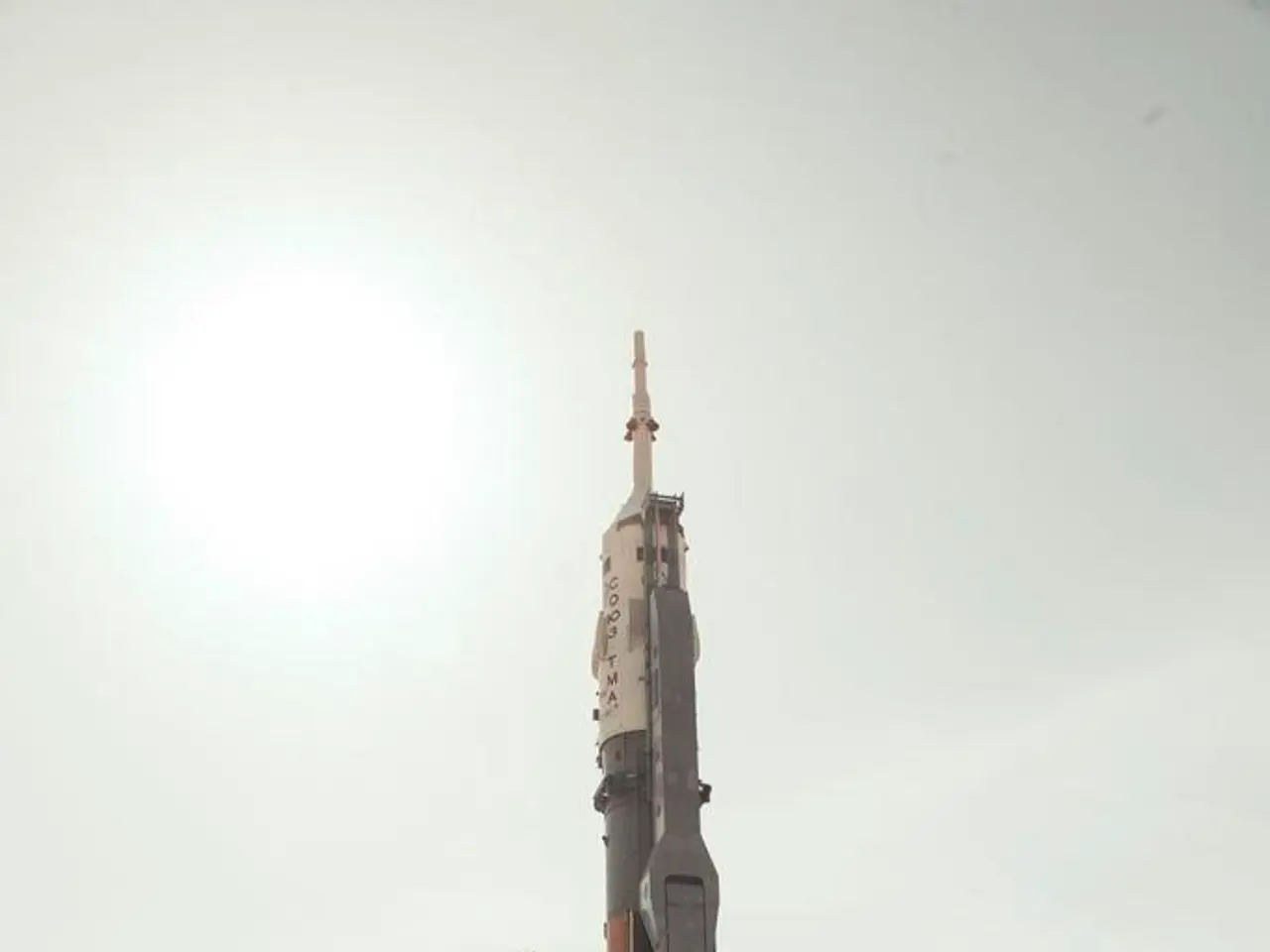Discussion Reveals Golden Dome Priorities, Affirms Missile Interceptors as Practical Solutions
Golden Dome Missile Defense Project: A Leap Forward in Missile Defense Technology
The Golden Dome missile defense project, spearheaded by General Michael A. Guetlein, is set to revolutionize the U.S.'s air and missile defense capabilities. The initiative aims to create a comprehensive shield for the U.S. homeland, integrating ground-based radars, directed energy weapons, and most notably, space-based interceptors and sensors.
Current Developments
The project has received a substantial funding boost, with an initial allocation of nearly $25 billion, and total expected investments up to $151 billion over a decade, earmarked for architecture design, construction, and technology integration for missile defense sites and command centers. Advanced technologies such as space-based interceptors are being integrated to enhance early detection and engagement of threats before they enter the atmosphere.
Development of next-generation command systems is also underway, leveraging hypersonic defense capabilities, AI-driven controls, and quantum computing for faster data processing, threat tracking, and real-time decision-making.
Challenges
The project faces significant challenges, including ensuring secure, resilient communications in a contested environment, complex systems integration across diverse platforms, rapid prototyping and scaling of emerging technologies, and maintaining infrastructure under seismic and other physical stress factors.
Role of Space-Based Interceptors
Space-based interceptors are critical to Golden Dome's layered defense, providing early midcourse interception capabilities that expand the defensive "dome" beyond surface-based systems. They offer persistent, wide-area coverage, enabling the command-and-control network to detect and engage missile threats at greater distances with improved tracking accuracy.
The Future of Golden Dome
General Guetlein has been granted sweeping powers to address the Golden Dome project, including budget, acquisition, direct hiring, technical, architectural, and liaison authorities. He plans to have incremental demonstrations of the command-and-control network every six months and has already begun his work on the project.
The Department of Defense (DOD) is considering using "reverse industry days" to gather ideas from industry for the development of interceptors. Northrop Grumman has already started ground testing on an interceptor for the Golden Dome project.
The Space Force is conducting market research on interceptors for the Golden Dome project, while Maj. Gen. Stephen Purdy, acting assistant secretary of the Air Force for space acquisition, mentioned that DOD plans to use novel ideas like prize activities and cooperative work with industry to get interceptors.
The element of Golden Dome that has attracted the most attention is the idea of space-based interceptors (SBIs). However, they present the biggest technical challenge for Golden Dome, according to General Guetlein, who believes that while the physics for SBIs can be worked, the challenges lie in making them economically viable and scalable.
President Donald Trump has set a goal for the Golden Dome project to field a capability by the end of 2029. A unified command-and-control network is essential for the project, similar to the long-standing Pentagon effort JADC2.
General Guetlein values "reverse industry days" for solving hard problems in the Golden Dome project and believes that the technology for Golden Dome already exists but has not been applied to this specific problem set. He also emphasizes the importance of establishing a command-and-control network for the project as his first priority.
In conclusion, the Golden Dome project represents a significant leap forward in missile defense technology, integrating multi-domain technologies into a comprehensive sensing, command, and interception architecture. However, it faces significant technical and operational integration challenges.
- The Golden Dome missile defense project, spearheaded by General Michael A. Guetlein, is integrating space-based interceptors and sensors, which offer early midcourse interception capabilities, into its comprehensive shield.
- The Department of Defense (DOD) is considering using "reverse industry days" to gather ideas from industry for the development of interceptors, including those for the space domain, as part of the Golden Dome project.
- The Space Force is conducting market research on interceptors for the Golden Dode project, with a focus on making space-based interceptors economically viable and scalable.
- The element of Golden Dome that has attracted the most attention is the idea of space-based interceptors (SBIs), which present the biggest technical challenge for Golden Dome, according to General Guetlein.
- The Space Force and the Air Force, through the DOD, plan to utilize novel ideas like prize activities and cooperative work with industry to develop interceptors, including space-based ones, for the Golden Dome project.




